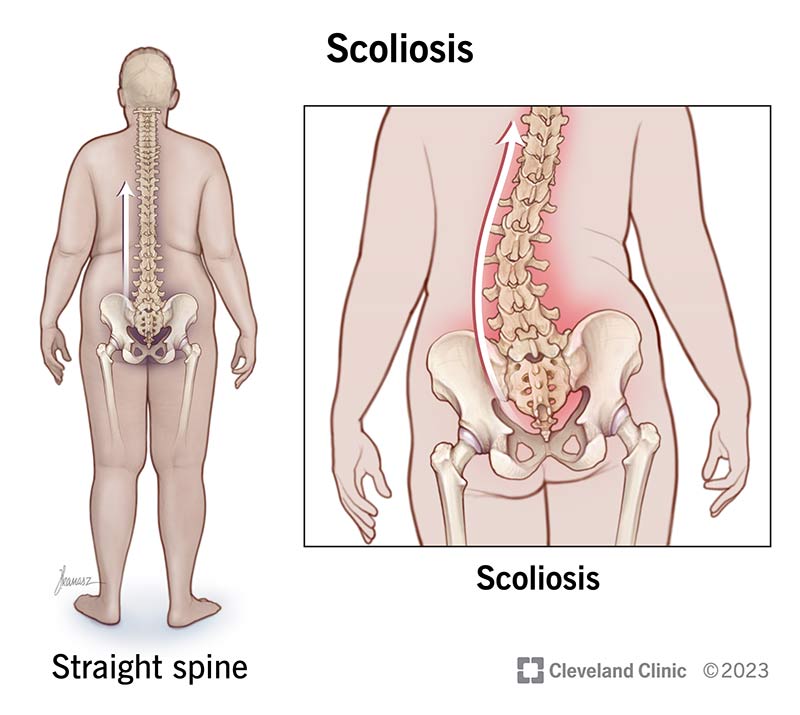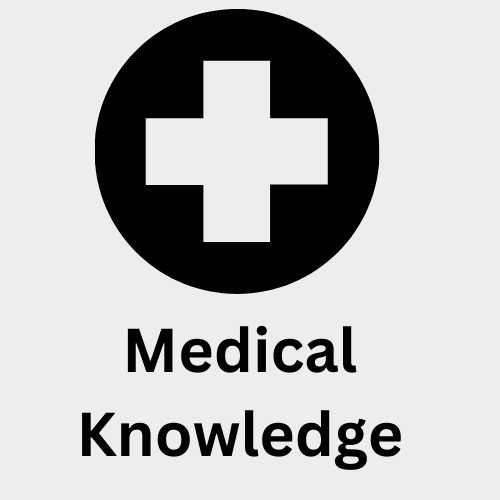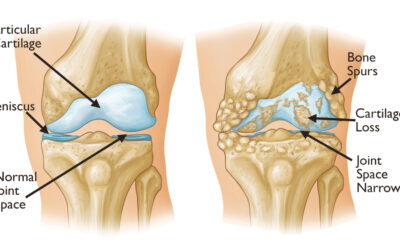Scoliosis is a condition where the spine curves abnormally, often forming a “C” or “S” shape instead of being straight. This curvature can affect people of all ages, from infants to adults, but it typically develops during adolescence. While the cause of scoliosis remains unclear in many cases, understanding its origins, symptoms, and treatment options is vital for managing spinal health.
In this article, we’ll explore the causes of scoliosis, how it is diagnosed, the symptoms to look out for, and the latest treatment options to improve quality of life for those affected by this condition.
Table of Contents
- Introduction: What is Scoliosis?
- Causes of Scoliosis
- Symptoms of Scoliosis
- Diagnosing Scoliosis
- Treatment Options for Scoliosis
- Living with Scoliosis: Coping Strategies
- Conclusion: Managing Scoliosis for Better Spinal Health

Introduction: What is Scoliosis?
Scoliosis is an abnormal lateral (side-to-side) curvature of the spine. Instead of the spine being straight, it curves to the right or left, often forming an “S” or “C” shape. While scoliosis can occur at any age, it most commonly develops in children and adolescents during periods of rapid growth.
While some cases of scoliosis are mild and don’t significantly affect daily life, others can progress to a point where the curvature puts pressure on vital organs, such as the lungs or heart, leading to health complications. Early detection, diagnosis, and treatment are essential to managing the condition effectively.
Causes of Scoliosis
Scoliosis can develop due to various factors, with the most common cause being idiopathic, meaning the exact cause is unknown. However, several other factors can lead to scoliosis, including genetic, developmental, and neurological conditions.
2.1 Idiopathic Scoliosis
Idiopathic scoliosis is the most common form of the condition, accounting for about 80-85% of cases. It typically develops during adolescence, particularly between the ages of 10 and 18. Despite its prevalence, the cause remains unknown. However, family history plays a role in its development, suggesting a genetic predisposition. Girls are more likely than boys to develop severe scoliosis, which may require intervention.
2.2 Congenital Scoliosis
Congenital scoliosis is caused by abnormal development of the spine during fetal development. This type of scoliosis is present at birth and is due to malformations of the vertebrae. The spine may form an incomplete or misshapen bone structure, which leads to the curvature. Congenital scoliosis can be detected early on through imaging techniques such as X-rays or MRI.
2.3 Neuromuscular Scoliosis
Neuromuscular scoliosis results from underlying neurological or muscular conditions that affect the muscles and nerves responsible for maintaining spinal alignment. Conditions such as cerebral palsy, muscular dystrophy, spina bifida, or polio can result in neuromuscular scoliosis. This type of scoliosis tends to progress more rapidly and is typically more severe than idiopathic scoliosis.
2.4 Degenerative Scoliosis
Degenerative scoliosis, also known as adult-onset scoliosis, occurs in older adults due to the gradual wear and tear of the spine. Age-related conditions like arthritis, disc degeneration, and osteoporosis can lead to changes in the spine, causing curvature. This type of scoliosis is more common in people over 50 and may result in back pain, nerve compression, or decreased mobility.
Symptoms of Scoliosis
The symptoms of scoliosis can vary depending on the severity of the curvature and the age at which it develops. Some individuals may experience no noticeable symptoms, while others may face significant discomfort and limitations in mobility. Common symptoms include:
- Uneven shoulders: One shoulder may be higher than the other, or one shoulder blade may protrude more than the other.
- Asymmetrical waist or hips: One side of the body may appear to be more prominent, causing an uneven appearance in the waist or hips.
- Back pain: In more severe cases, scoliosis can cause chronic back pain, particularly in adults with degenerative scoliosis.
- Difficulty breathing: Severe curvature of the spine may lead to compression of the lungs, causing difficulty breathing or reduced lung capacity.
- Postural changes: The individual may develop a noticeable tilt or lean to one side when standing or walking.
Diagnosing Scoliosis
To diagnose scoliosis, healthcare providers perform a thorough physical examination and may recommend imaging tests to assess the degree of curvature and determine the underlying cause. Key diagnostic tools include:
- Physical Examination: The doctor will evaluate the patient’s posture and spinal alignment. During a test called the “Adams Forward Bend Test,” the individual bends forward at the waist to observe any visible asymmetries in the spine.
- X-rays: X-rays are commonly used to measure the degree of curvature in the spine. The Cobb angle, which measures the curvature, helps determine the severity of scoliosis.
- MRI and CT scans: These imaging tests provide detailed images of the spine and can help identify underlying causes such as congenital deformities or neurological conditions.
- Physical Function Tests: In some cases, doctors may perform tests to assess how scoliosis affects lung function, nerve compression, and overall mobility.

Treatment Options for Scoliosis
While not all cases of scoliosis require immediate treatment, some individuals may benefit from interventions to prevent the condition from worsening. The choice of treatment depends on the severity of the curvature, the patient’s age, and whether the scoliosis is causing any symptoms.
5.1 Observation and Monitoring
For mild cases of scoliosis, especially in children and adolescents, observation may be recommended. Regular check-ups with X-rays are used to monitor the progression of the curvature. If the curvature is less than 20 degrees and not causing significant symptoms, doctors may decide to simply monitor the condition over time. Many children with mild scoliosis experience no further progression as they reach adulthood.
5.2 Bracing
In cases where scoliosis progresses to a curvature of between 25 and 40 degrees, bracing may be recommended, particularly for children who are still growing. A brace doesn’t correct the curvature, but it can help prevent it from worsening. Braces are typically worn until the child stops growing, usually during adolescence. The most common types of braces are TLSO (thoraco-lumbo-sacral orthosis) and Boston braces, which are worn over the torso.
5.3 Surgical Intervention
For moderate to severe scoliosis (greater than 45 to 50 degrees), especially when it causes pain, difficulty breathing, or significantly impairs function, surgery may be necessary. The most common procedure for scoliosis is spinal fusion surgery, where the vertebrae are fused together using metal rods, screws, or plates. This stabilizes the spine and prevents further curvature. However, surgery is typically considered a last resort, and conservative treatments are explored first.
5.4 Physical Therapy and Chiropractic Care
Physical therapy plays an essential role in managing scoliosis. Stretching, strengthening, and postural exercises help improve spinal alignment, reduce pain, and increase flexibility. Chiropractors may also use spinal adjustments to manage mild scoliosis and promote better posture, though this is typically recommended as a complementary treatment rather than a standalone solution.
Living with Scoliosis: Coping Strategies
Living with scoliosis can be challenging, especially if the condition causes pain or affects mobility. Here are a few strategies that can help individuals manage scoliosis effectively:
- Stay active: Regular low-impact exercises, such as swimming, walking, and yoga, can help improve flexibility and strengthen muscles, which support the spine.
- Use ergonomic furniture: Supportive chairs, desks, and proper sleeping positions can reduce strain on the spine.
- Weight management: Maintaining a healthy weight reduces stress on the spine and may help alleviate symptoms, especially for those with degenerative scoliosis.
- Postural awareness: Practicing good posture and being mindful of body mechanics can reduce the risk of further spinal issues.
Conclusion: Managing Scoliosis for Better Spinal Health
Scoliosis is a common condition that affects the spine’s alignment and can lead to pain and reduced mobility. While the causes of scoliosis vary, early diagnosis and treatment can help prevent the condition from worsening. Whether through observation, bracing, physical therapy, or surgery, there are multiple treatment options available to help individuals live with scoliosis and maintain a healthy spine.
If you or a loved one has been diagnosed with scoliosis, consult with a healthcare provider to discuss the best course of action. With proper management and ongoing care, people with scoliosis can lead active, healthy lives.

